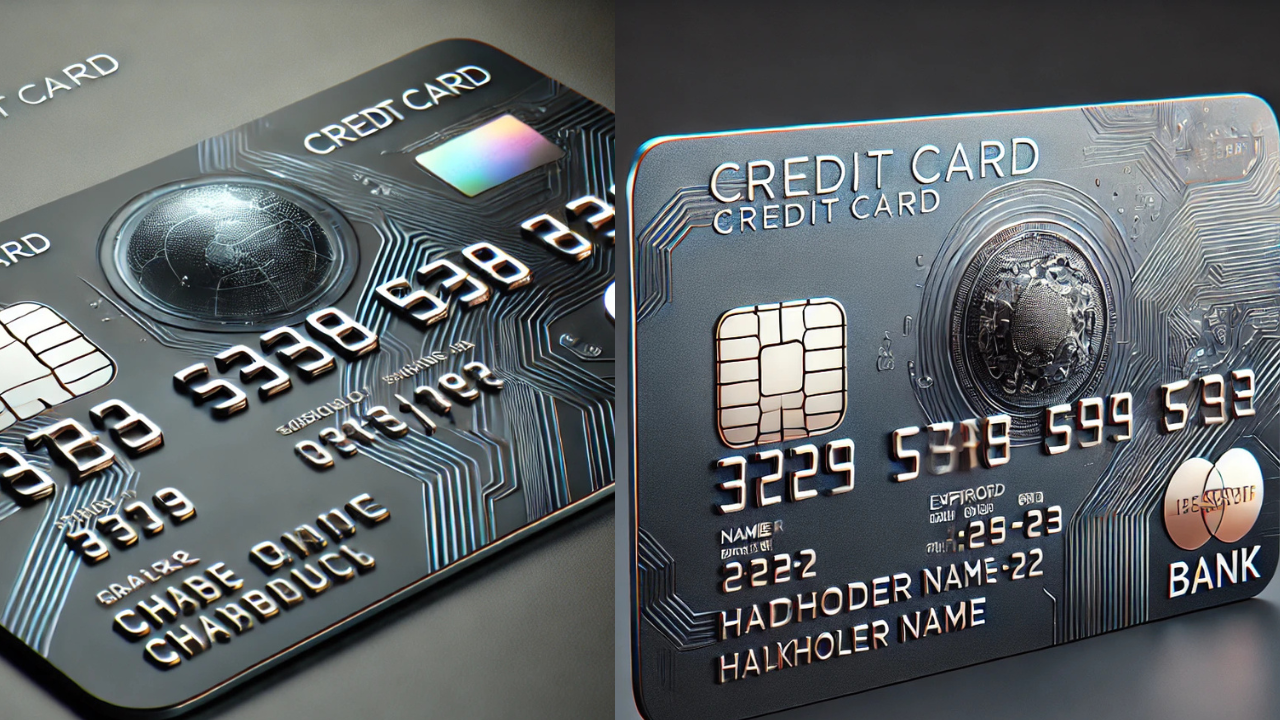UPI Credit Cards: Making transactions with UPI-enabled credit cards has become easy, but small purchases can add up to a big debt trap. Know how to track your expenses and stay safe.

UPI Credit Cards: Best Ways of Budgeting and Tracking
UPI-enabled credit cards are taking India’s financial inclusion to new levels. It is a combination of the convenience of UPI and the seamless benefits of credit cards. According to Kiwi’s 2024 credit card trends report, an average UPI credit card user makes 40 transactions per month, which is 8x more than traditional credit cards. The market share of Rupay credit cards has also increased from 3% (2023) to 12% (2024).
These credit cards link your traditional credit card to UPI apps like PhonePe, Google Pay, Paytm. With this, you can make payments even without a physical card. Because of this, these cards work on more than 320 million UPI touchpoints, which also includes small shops and local vendors.
Convenience also comes with risk!
As easily as these transactions are happening, the risk is also increasing. Small transactions can add up to a big expense, which can go out of your budget. That is why it is important that users track their expenses and keep checking the balance on time.
Another important thing is that before taking a UPI credit card, analyze the reward structure, annual charges, and customer support quality. Also understand your credit score and personal loan repayment capacity so that financial risk can be managed.
Precautions for the Security of UPI-Enabled Credit Cards
It is important to use UPI-enabled credit cards safely. Take these precautions to avoid unauthorized transactions and frauds:
1. Set a strong UPI PIN
Your PIN should be unique and complex. Do not use birthdays or easy numbers like 333, 444, 777.
2. Avoid public Wi-Fi
UPI transactions on public Wi-Fi can be risky. Always use a secure and private network.
3. Enable Transaction Alerts
Turn on SMS and email notifications so that you get real-time updates of every transaction and you can detect unauthorized transactions.
4. Check Account Statements Regularly
Check your credit card and UPI-linked account statements regularly. If you find any error in any charge or service fee, contact the bank immediately.
5. Enable Two-Factor Authentication (2FA)
Prefer UPI apps and credit cards with 2FA to get an extra security layer. This will block unauthorized transactions even if the PIN is leaked.
6. Install only trusted apps
Download UPI apps from Google Play Store or Apple App Store to avoid malware.
7. Never share sensitive information
Never share UPI PIN, OTP or banking details with anyone via call, SMS or email. No bank will ask you for these details.
8. Do not accept unknown collection requests
If you receive a payment request from an unknown sender, reject it. This could be phishing or a scam.
9. Report suspicious activity immediately
If you come across any unauthorized transaction, immediately contact the bank or card issuer and block your card.
Conclusion
UPI-enabled credit cards have made transactions easier, but it is important to use them correctly and responsibly. If you keep these precautions in mind, you can take full advantage of digital payments and create financial security. Plan, track and avoid debt trap

